Landscape Architecture (MA)
Landscape Architecture (MA)
The Master of Arts program offers an introduction to landscape architecture. Coursework emphasizes the essential factors involved in the creation of outdoor spaces. This program is appropriate for students who want to learn about the profession but are not interested in practicing as a landscape architect in the future.
AA BFA MFAMaster of Arts (MA) Degree
Available Online & On Campus
Major Classes
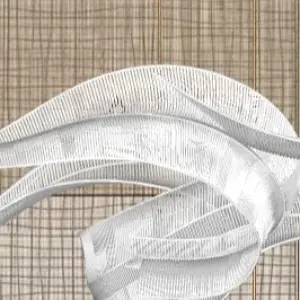
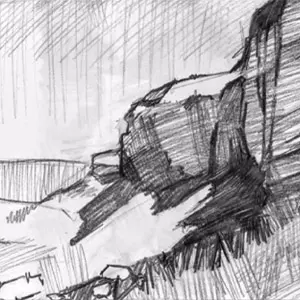
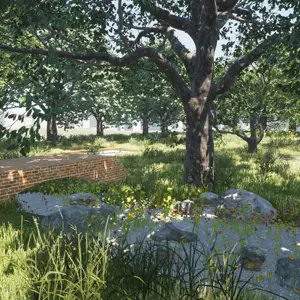
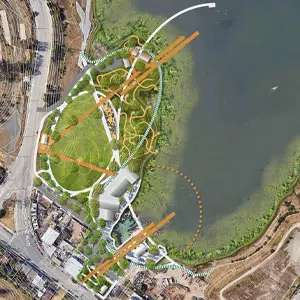



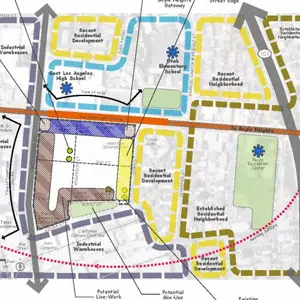




Unit Requirements
| Major Coursework | Units |
|---|---|
| Major Coursework | 36 |
| Total | 36 |
Degree Requirements
MA LANDSCAPE ARCHITECTURE DEGREE REQUIREMENTS
- Successful completion of Final Portfolio Review.
- Minimum 2.0 cumulative GPA.
- Minimum grade of C in all required 36 units.

Program Learning Outcomes
Graduate students will meet the following student performance criteria:
Design Proposals
- Demonstrate basic command of the key principles, systems, and elements of design that inform two- and three- dimensional planning and design as well as graphic composition
- Produce defensible design and planning proposals that reflect an awareness of the historical, ecological and climatic factors of a given site
- Creatively solve planning and design problems
Research and Design Process
- Conduct sufficient research and analyze findings at appropriate junctures in the planning and design process
- Explore sufficient concepts and alternatives, and test them against relevant criteria and standards
Natural Systems
- Identify and evaluate key features and processes found on a site (such as soil types, individual plant species, plant communities, wildlife, climatic conditions, and hydrology) to determine design opportunities and constraints
Human and Social Factors
- Demonstrate an understanding of the complexities that exist between human behavior and outdoor space in planning and design proposals
Technical Systems and Materials
- Apply the principles of sustainability when planning and designing grading and drainage plans
- Select and evaluate materials that will both enhance the aesthetic and ecological qualities of a given site and provide for the programmatic requirements of the client and/or user group
History, Theory, and Criticism
- Demonstrate an awareness of fundamental design traditions, ideas, and influences in planning and design proposals
Visual and Verbal Communication
- Consolidate research and present ideas in concise and convincing verbal and written presentations
- Successfully apply various graphic media to clearly communicate ideas and concepts that reflect the design process and project proposals
Professional Readiness
- Produce a professional portfolio demonstrating their skills and design process
Academy of Art University Learning Outcomes
Graduates of the Academy of Art University will demonstrate the ability to:
- Produce a body of work suitable for seeking professional opportunities in their chosen field of art and design.
- Solve creative problems within their field of art and design, including research and synthesis of technical, aesthetic, and conceptual knowledge.
- Communicate their ideas professionally and connect with their intended audience using visual, oral, and written presentation skillsrelevant to their field.
- Execute technical, aesthetic, and conceptual decisions based on an understanding of art and design principles.
- Use professional terminology to evaluate their work and work in the field.
- Recognize the influence of major cultural and aesthetic trends, both historical and contemporary, on art and design products.
- Learn the professional skills and behaviors necessary to compete in the global marketplace for art and design
- Engage with a variety of communities beyond the classroom through internship opportunities, study abroad programs, athletics, student interest clubs, and participation in collaborative, civic, and pro bono projects.
*Semester plans are subject to change at any time. Semester breakdowns displayed are suggested and additional options are available to help customize your educational experience. Speak to an admissions or student services representative for more information. Please see our catalog for more details at: https://catalog.academyart.edu